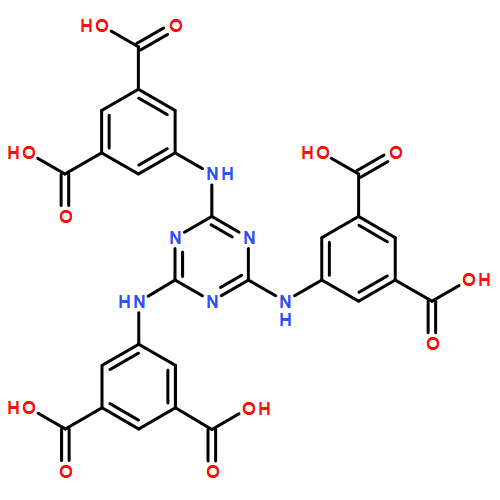Abstract
Two anionic metal–organic frameworks (MOFs) with 1D mesoporous tubes (1) and chiral mesoporous cages (2) have been rationally constructed by means of a predesigned size-extended hexatopic ligand, namely, 5,5′,5′′-(1,3,5-triazine-2,4,6-triyl)tris- (azanediyl)triisophthalate (TATAT). Charge neutrality is achieved by protonated dimethylamine cations. Notably, the two MOFs can be used to separate large molecules based on ionic selectivity rather than the size-exclusion effect so far reported in the literature. Owing to the imino triazine backbone and carboxyl groups of the hexatopic ligand, which provide important host–guest interactions, rare solvatochromic phenomena of 1 and 2 are observed on incorporating acetone and ethanol guests. Furthermore, guest-dependent luminescence properties of compound 2 were investigated, and the results show that luminescence intensity is significantly enhanced in toluene and benzene, while quenching effects are observed in acetone and ethanol. Thus, compound 2 may be a potential material for luminescent probes.
